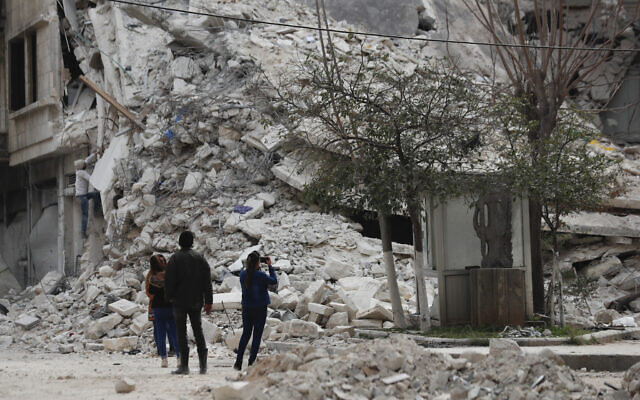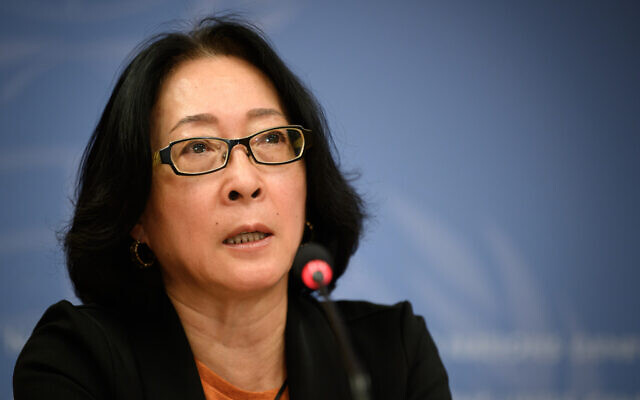Earthquakes, floods, hurricanes – The world is not adequately prepared to face a growing number of disasters, a report published on Tuesday called for a rethink of global risk management.
According to statistics from the United Nations Office for Disaster Risk Reduction, since 1990, more than 10,700 disasters have affected more than six billion people worldwide.
In 2015, the international community adopted global goals to reduce casualties and damage by the year 2030 by investing in risk assessment and reduction, as well as disaster preparedness, in a declaration known as the “Sendai Framework”.
However, it is “highly unlikely that we will be able to meet the Sendai Framework targets by 2030 given current trends,” said a report by the International Council for Science, which includes dozens of scientific organizations.
Floods and storms, which have become more severe due to climate change, top the list of disasters and account for 42 percent of the total.
The report notes that widespread disasters are “pushing back hard-earned development gains in many parts of the world.”

People stand near a building destroyed in the recent earthquake in Aleppo, Syria on February 27, 2023. (Omar Sanadiqi/AP)
“From strengthening building codes to adopting hazard warning systems, there is little attention and investment in long-term planning and prevention,” said Peter Gluckman, ISC president.
He said this lack of preparedness came despite the rapid mobilization of the international community following disasters such as the recent earthquakes in Turkey and Syria.
“The many challenges of the past three years have fueled a fundamental need for greater global preparedness for the next disaster,” said Mami Mizutori, UN Special Representative for Disaster Risk Reduction.

Mami Mizutori, Assistant Secretary-General and Special Representative of the Secretary-General for Disaster Risk Reduction (UNDRR), holds a press conference at the United Nations Offices in Geneva on September 1, 2021. (Fabrice Coffrini/AFP)
“We need to strengthen our infrastructure, communities and ecosystems now, not rebuild them later,” he said.
The report additionally drew attention to issues of resource allocation. For example, only 5.2% of aid to developing countries for disaster response between 2011 and 2022 was dedicated to risk reduction. The rest was allocated for relief and post-disaster reconstruction.
The ISC calls for widespread deployment of early warning systems, noting that 24 hours’ notice of a storm can reduce damage by up to 30%.
A report released in late January by the UN General Assembly also said that countries were not on track to meet targets under the Sendai Framework.
Not only is the number of people affected by disasters increasing each year, but the direct damages are also increasing, reaching an average of $330 billion per year during the period 2015–2021.
